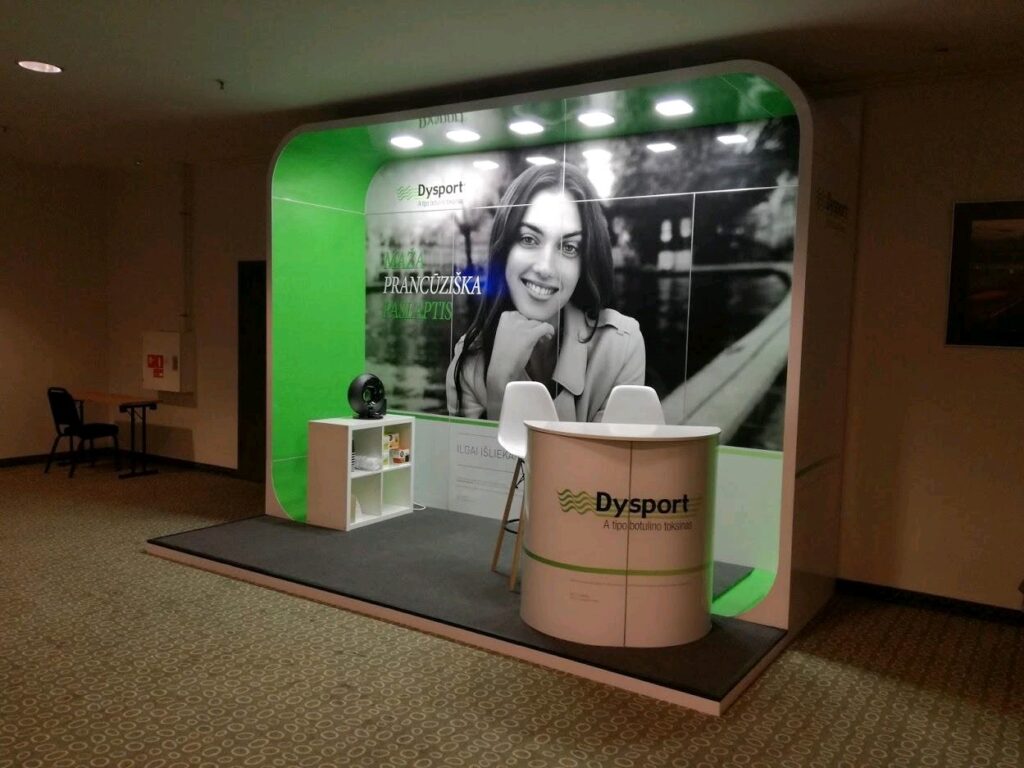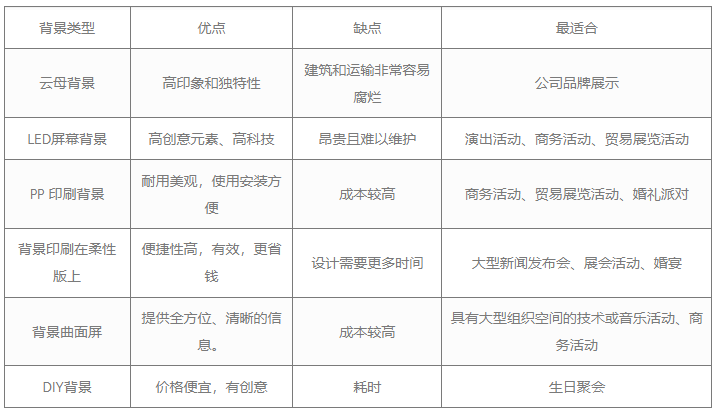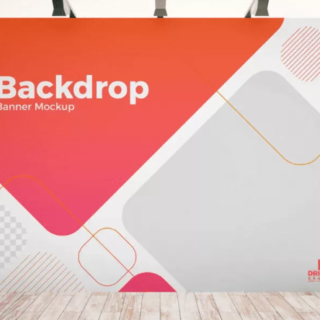Guide to Backdrop Events: Key Elements to Consider
Backdrop events are essential in creating a memorable and visually captivating atmosphere for various occasions, from weddings and corporate gatherings to birthday parties and conferences. A well-designed backdrop can set the tone for the event, enhance the overall aesthetics, and provide an excellent opportunity for photo opportunities and brand exposure.

Types of Backdrop Events
Not sure what type of backdrop to use for your event? Let’s take a look at this form. I hope it helps。

Designing an Eye-catching Backdrop: Key Elements to Consider
- Purpose and Theme:
Before diving into the design process, clearly define the purpose and theme of your event. Understanding the event’s core objective and the message you want to convey will help guide the backdrop’s design and aesthetics. The backdrop should align with the event’s theme and create a cohesive visual experience for attendees. - Size and Placement:
You gotta think about your venue size first. Large backdrops are perfect for spacious venues, while small backdrops fit better in intimate settings. The height of the ceiling and the width of your event space will give you clues on the size that’ll fit perfectly. Fit ain’t just about size–ensure the color and theme matches the event too! - Branding and Personalization:
For corporate events and brand promotions, incorporating branding elements into the backdrop is essential. Logos, slogans, and brand colors should be strategically placed to maximize visibility without overshadowing the event’s theme. Similarly, for personal events like weddings or birthdays, incorporating names, initials, or meaningful symbols can add a personal touch. - Materials and Texture:
Choosing the right materials for your backdrop is crucial in creating a visually appealing design. Various materials, such as fabric, wood, metal, or even paper, can be used to achieve different effects. Consider the event’s theme and ambiance when selecting the backdrop’s texture and material. For example, fabric backdrops can add elegance and softness to a wedding, while metallic or wooden backdrops can convey a more modern and industrial feel. - Lighting and Effects:
Proper lighting can transform a backdrop into a mesmerizing centerpiece. Whether it’s using spotlights to highlight specific elements, incorporating LED lights for a dynamic display, or projecting images and patterns onto the backdrop, lighting can significantly enhance the overall impact. Experiment with different lighting options during the planning phase to achieve the desired effect.
Of course, you also want to ensure that your backdrop is within your budget, without compromising on style and quality.
Ensure the people don’t overshadow the backdrop, and the backdrop doesn’t overshadow the people. It’s all about balance. Oh, and remind the guests to pose in front of the backdrop.
Remember, a well-crafted backdrop not only sets the stage for the event but also becomes a focal point for cherished memories and social media moments.

